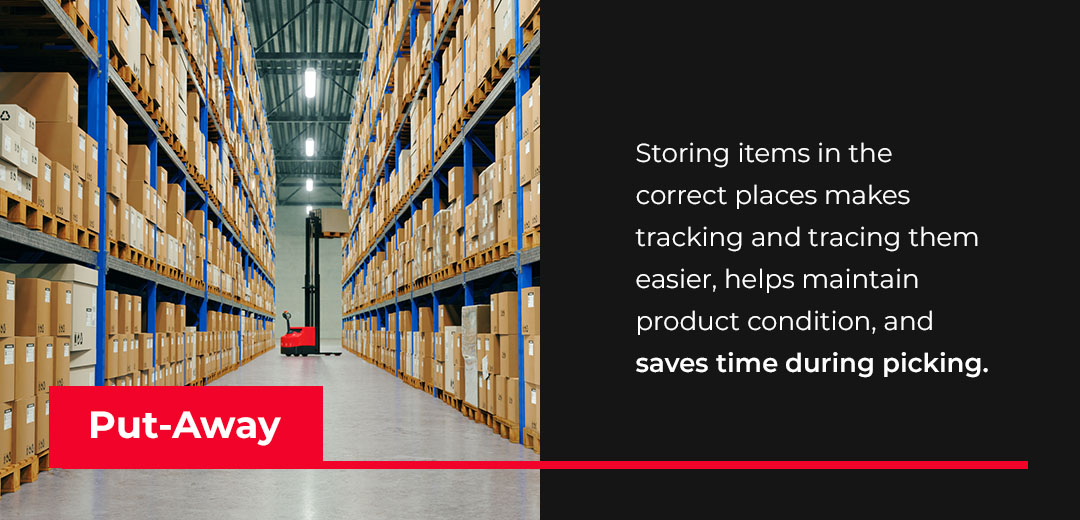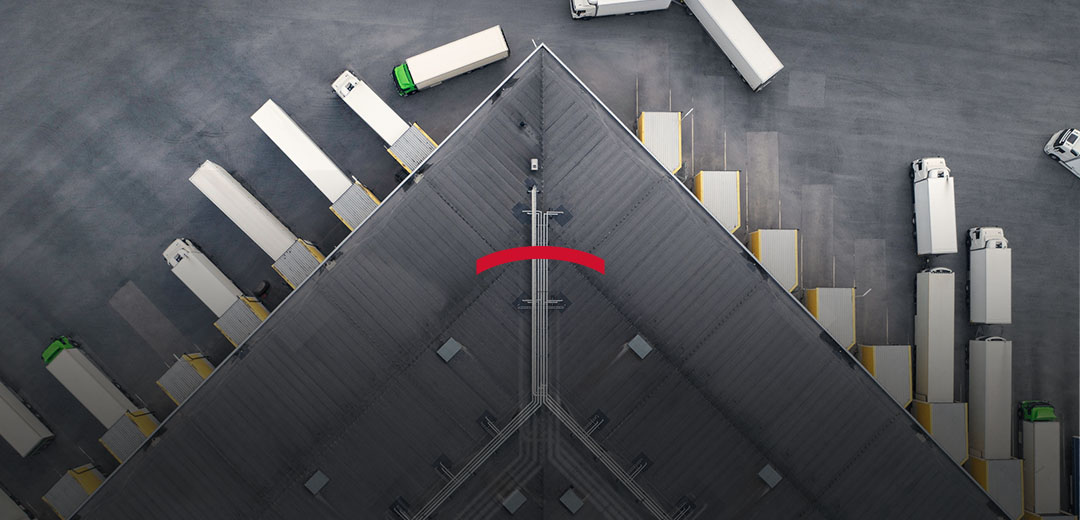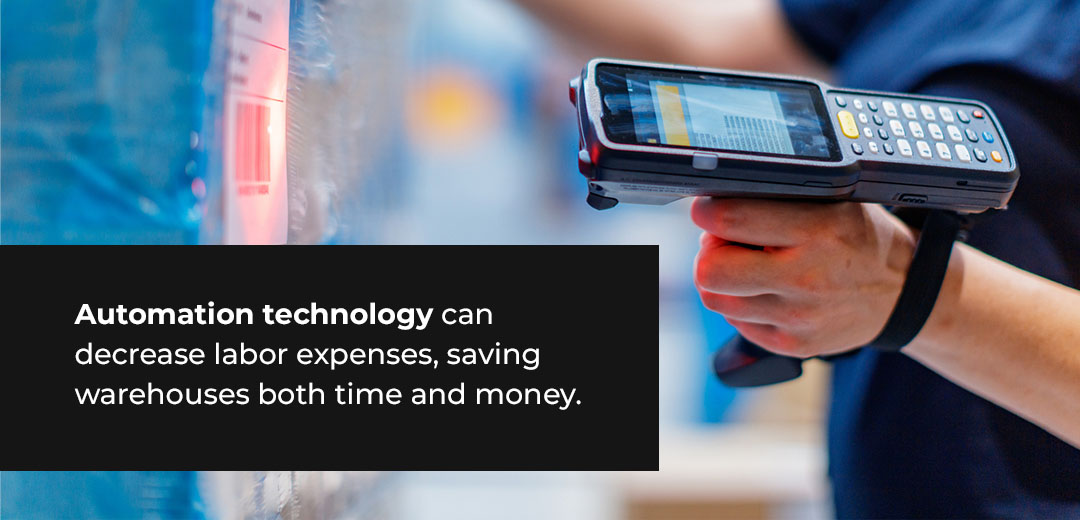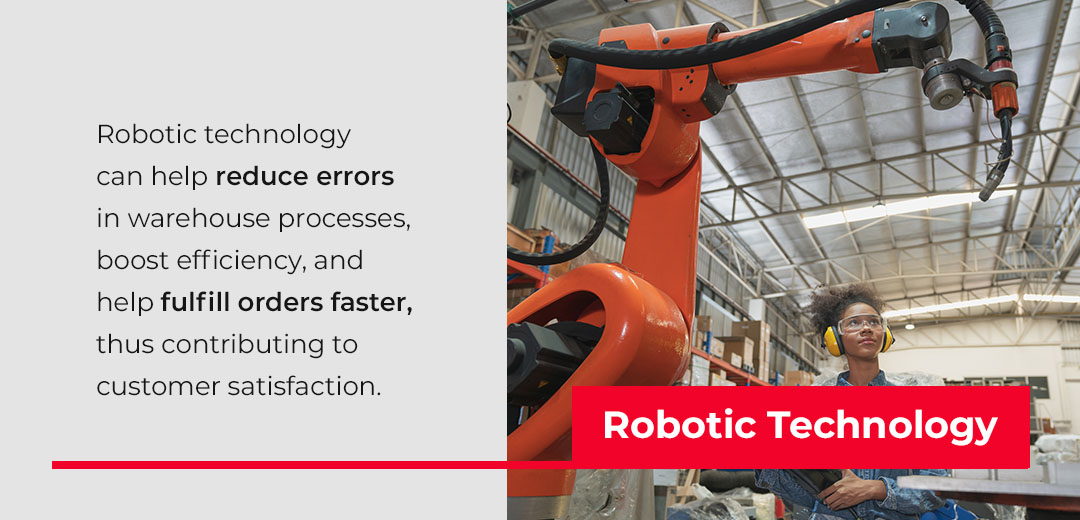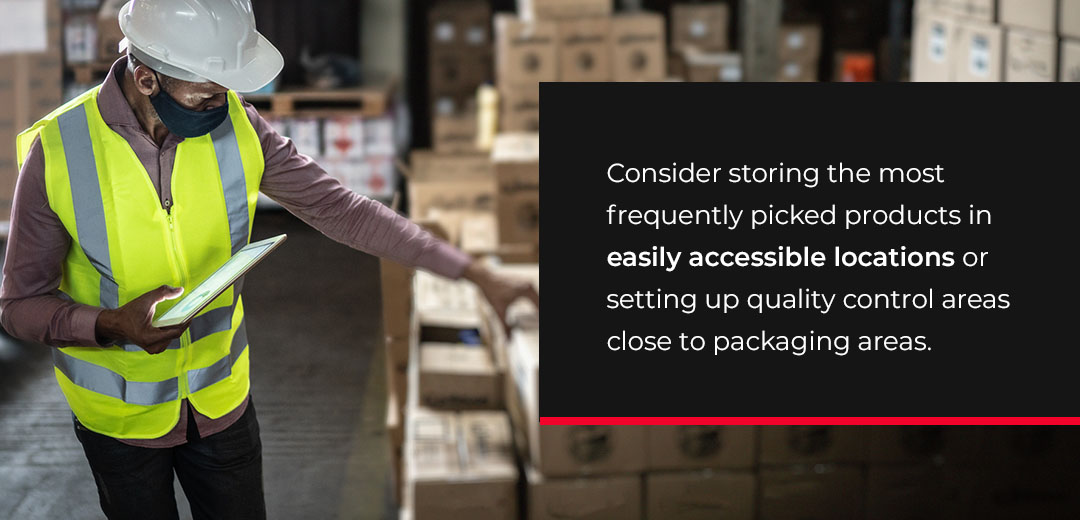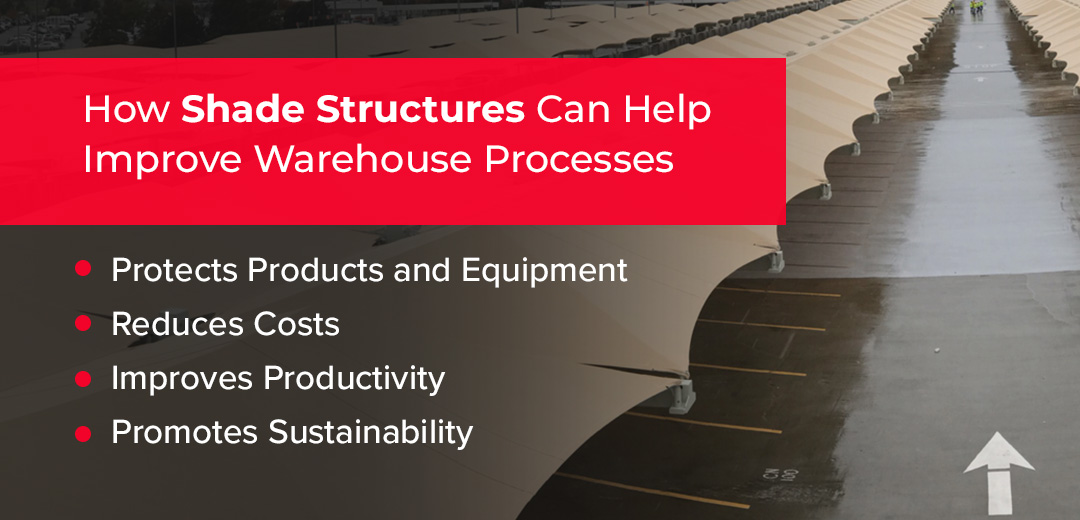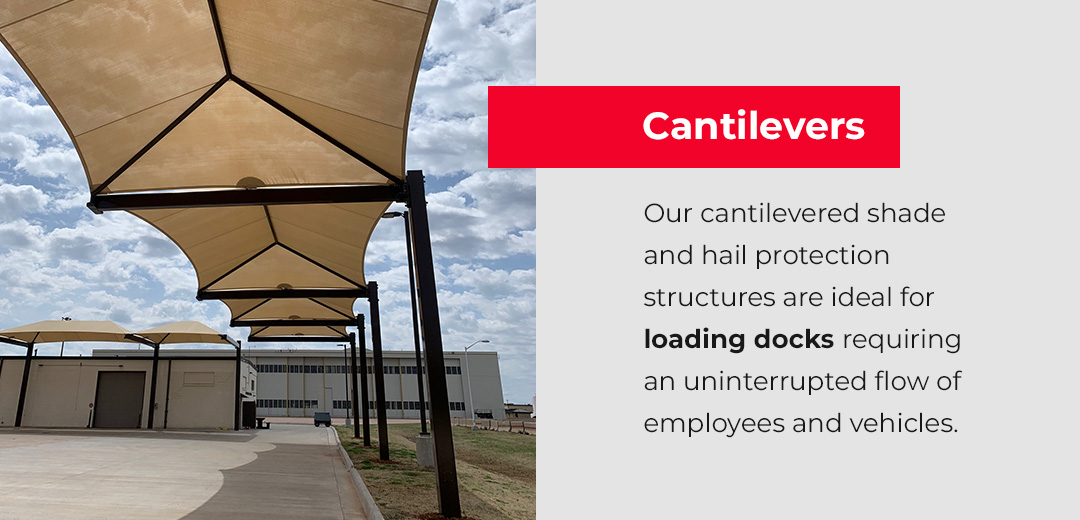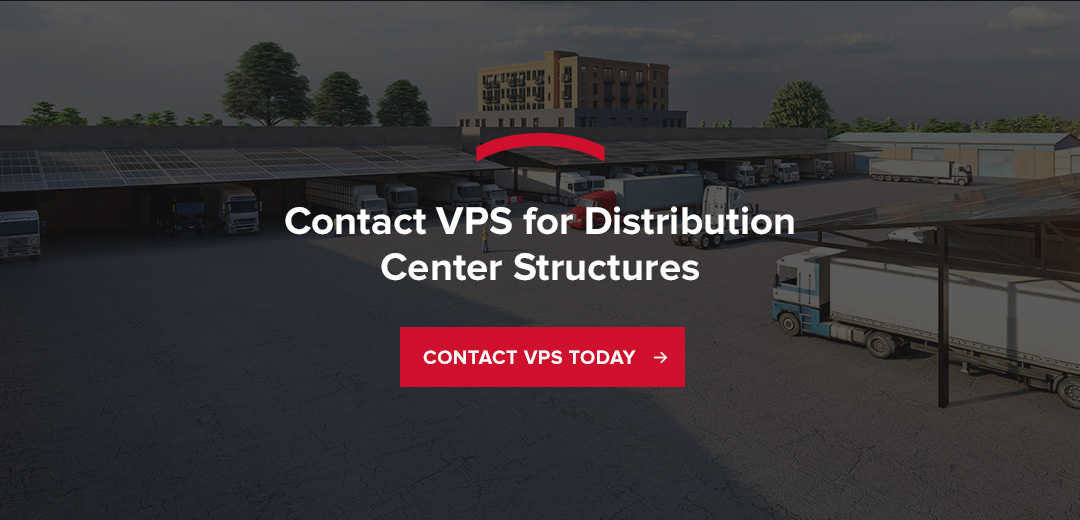Distribution centers handle many critical processes, from the moment they receive a product to when they load it onto the delivery truck. These steps maintain each item’s safety and condition, help it reach the right customer, and — most importantly — ensure the recipient is happy with their purchase.
With such pivotal responsibilities, simplifying these processes is often necessary to improve efficiency, lower labor costs, and reduce the risk of error. In this article, we cover different warehouse processes and offer ways to optimize them.
What Are the Primary Warehouse Processes?
Distribution centers bustle with nonstop activity every day. Workers pack and label boxes, store items in their correct locations, and handle returned items from customers, to name just a few examples. But are there ways to simplify and speed up these labor-intensive tasks? Below are six key warehouse processes and how to improve them with different technologies.
1. Receiving
Receiving is the first stage and occurs when products arrive at the warehouse. The distribution center crew verifies each item, its quantity, and its condition. They must execute this process correctly and efficiently to ensure the following operations run smoothly.
Properly receiving merchandise involves filtering out damaged products to avoid liability. When the team receives an item, they are responsible for maintaining its quality until it leaves the facility. Software like advanced management systems (AMS) allows distribution centers to anticipate upcoming deliveries and assign workers accordingly. Power pallet trucks and conveyors enable faster cargo unloading to clear dock areas more efficiently.
2. Put-Away
The put-away process involves placing items in their proper locations until they’re ready for packaging and shipping. Storing items in the correct places makes tracking and tracing them easier, helps maintain product condition, and saves time during picking.
AMS software or mobile applications can automate the process of assigning appropriate storage locations. Appropriate locations help warehouses optimize their use of space and store items in a quick, effective manner.
